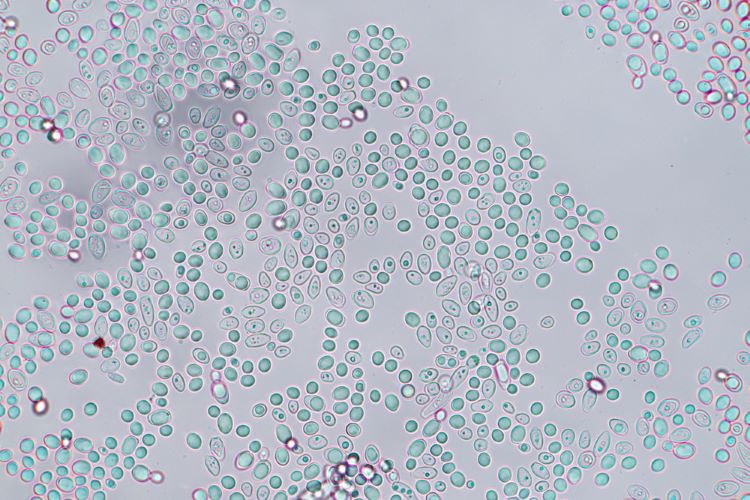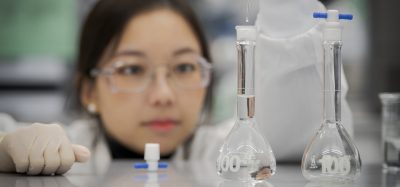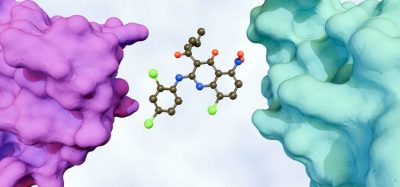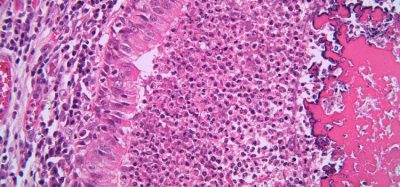Key vaccine adjuvant biosynthesised in yeast
According to research, the yeast-based process could not only make one of the most effective adjuvants more widely available, but also help lower the cost of vaccines overall.
US researchers have reported successful complete biosynthesis of the molecule QS-21, which is the active ingredient of soap bark, in engineered yeast. This method enable QS-21 to be a more cost-effective and environmentally sustainable option as an adjuvant in vaccines, they explained.
[The yeast-based method] enables a more cost-effective and environmentally sustainable option as an adjuvant in vaccines”
Derived from the Chilean soapbark tree (Quillaja saponaria), over the past 25 years, the researchers stated that QS-21 has been a major aluminum adjuvant in vaccines. For instance, it is found in vaccines such as Shingrix for shingles in older adults and the Novavax SARS-COVID-19 vaccine.
QS-21 has been synthesised in the laboratory, yet it is a long process. Notably, Keasling shared that it involves inserting different genes into yeast, which results in “one of the longest biosynthetic pathways ever transplanted into any organism”.
As such, “there’s a lot of need for an alternative source of this adjuvant,” commented Jay Keasling, UC Berkeley Professor of chemical and biomolecular engineering and Senior Faculty Scientist at Berkeley Lab.
Production process
While yield from the process is small: one litre of the fermenting bioengineered yeast can produce about 100 micrograms of QS-21 in three days, according to the team, they emphasised that “yeast biosynthesis is scalable”.
“Even at the levels we’re producing it, it’s cheaper than producing it from the plant,” Keasling concluded.
Earlier this year, the research team published findings on tests done in tobacco plants.
However, this new paper “reconstitutes that process in yeast, with additional steps added because yeast do not contain some enzymes that naturally exist in plants”, the researchers stated.
“The production of the potent vaccine adjuvant QS-21 in yeast highlights the power of synthetic biology to address both major environmental, as well as human, health challenges,” said former UC Berkeley postdoctoral fellow Yuzhong Liu, first author of the paper and now an Assistant Professor at Scripps Research in La Jolla, California.
Creating an effective adjuvant: the journey to yeast biosynthesis and beyond
“In the end, I’d like to start with glucose, so when the production is performed in large tanks, they’re able to produce QS-21 as easily and inexpensively as possible,” noted Keasling.
Keasling theorised that the new findings could lead to QS-21 being an adjuvant for malaria vaccines in the future.
This paper was published in Nature.










